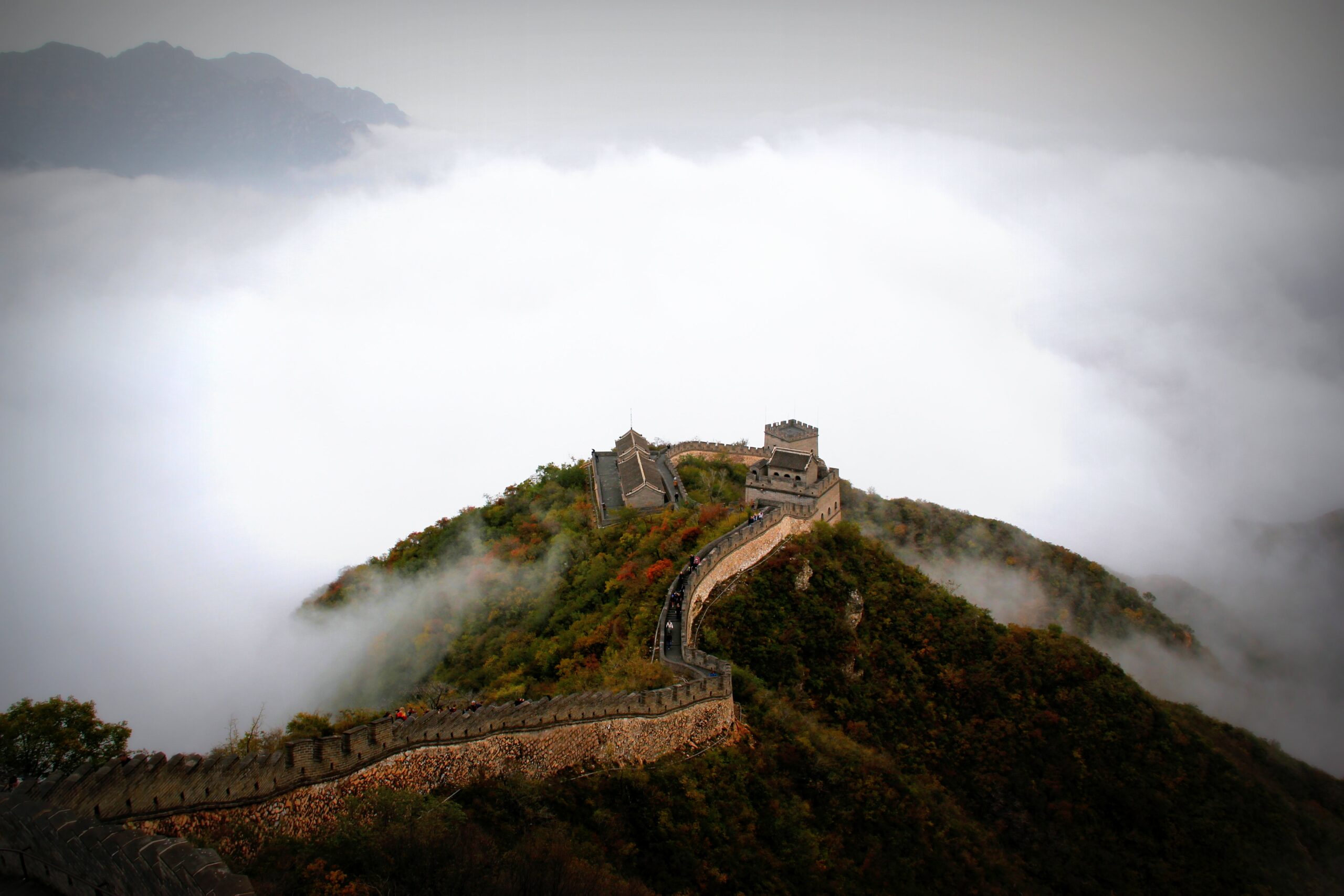TRAVEL agents and tour operators who are still licking their wounds after the cataclysmic effects of the COVID-19 pandemic on outbound travel from Australia and New Zealand should spare a thought for their inbound brethren, because whether we like it or not, China is going to be the key to a full global recovery of the international tourism industry.
While many of us continue to complain about expensive flights, lost luggage and delays, I know there’s definitely a huge collective thankfulness that things are so much better than 12 months ago when borders were just starting to reopen. China is now finally on the road to recovery, with longstanding COVID-zero restrictions lifting on 08 January, but it should be borne in mind that this is significantly more than a year later than much of the rest of the world. And China is definitely likely to experience that same gradual and painful trajectory of recovery, as the sputtering aviation sector gets rebooted and ramps up to pre-pandemic operational capacity.
Just like every other market there is huge pent-up demand for China travel, both inbound and outbound, but the geopolitical changes of the pandemic period have led to expectations in some quarters that things will sadly never be the same again. If we press rewind to 2019, Australia welcomed more than 1.45 million visitors from China – with spending valued at about four times Australia’s next biggest international market. Putting that into perspective, there were more Chinese holiday makers, students, business and VFR travellers than any other market – including New Zealand which is literally just across the ditch. Scores of non-stop flights operated between Australia and all manner of Chinese destinations, by dozens of carriers.
But in the meantime, the world has changed. Like other places, Chinese authorities have encouraged domestic holidays while they kept their borders closed. But more than that, escalating tensions around the South China Sea and changing diplomatic relationships appear to have rejigged what was previously a reasonably open approach to inbound and outbound travel.
It was heartening last week to get confirmation from Wendy Wu Tours that it was seeing strong levels of enquiry for its China product range from consumers both in Australia and the UK – and that it was gearing up to be the first international tour operator to return to China. But that was quickly tempered when the company noted that its best expectations were to restart its Chinese tours in September this year – still nine months away! That means it will be well and truly more than three years of zero flown revenue for its China tours, a figure which must surely be a challenge even for the perennially optimistic Wendy Wu herself.
On top of that, the seemingly aggressive stance of Chinese authorities doesn’t seem to be helping. As far as I can tell they are objecting to a requirement by Australia (and many other countries) mandating a negative COVID-19 test for any visitor from China – despite China also imposing similar testing for inbound arrivals. It’s a fine line, but apparently at issue is the fact that China tests passengers from every country – while the new requirements imposed around the world only target mainland Chinese, a move seen as discriminatory.
The situation escalated further this week with the somewhat ridiculous move by South Korea to deny the issuance of visas to anyone with a Chinese passport – regardless of their country of residence. Japan similarly appears to have tightened its procedures to slow the issuing of visas to people from China – moves which were swiftly reciprocated by China which banned visa issuance for passengers from both Japan and South Korea, in a most unwelcome escalation of the travel and tourism arms race, recalling the cold war mantra of Mutually Assured Destruction.
Let’s hope cooler heads quickly prevail and we see a de-escalation of these tensions. Because those Aussie tour operators (and similar business operators in destinations across the globe who benefited from the pre-COVID travel boom from China) have a very long way to go if they are to get back to those halcyon days where China was our top inbound market, and any hiccup is likely to delay recovery even longer.
Tourism Australia will surely be watching nervously (and hopefully?) from the sidelines, particularly in the light of this week’s seeming diplomatic breakthrough by the new Albanese government which appears to have eased tensions with China. Other destinations are also working hard to capitalise on the uncertainty, such as the Philippines which signed a wide-ranging tourism cooperation deal in Beijing this week. And it’s been almost comical to watch what’s happened with Thailand, which on Monday this week announced a reversion of its policies to once again require proof of vaccination for all visitors – a move which attracted so much attention globally that within a few hours the Tourism Authority of Thailand was falling over itself to assure everyone that nothing whatsoever had changed since it reopened freely to everyone back in October last year.
Flight demand from China is soaring, particularly with the upcoming Lunar New Year period, and destinations that make it easy for visitors – ironically such as the previously hard-line Singapore – appear to be benefiting. It would be nice to see the Australian Government take a similarly enlightened approach, particularly in view of the fact that the country’s Chief Medical Officer – to whom officials have deferred in the light of all-knowing “medical advice” over the last two years – appears to have been ignored with the implementation of Australia’s latest restrictions for Chinese visitors.







